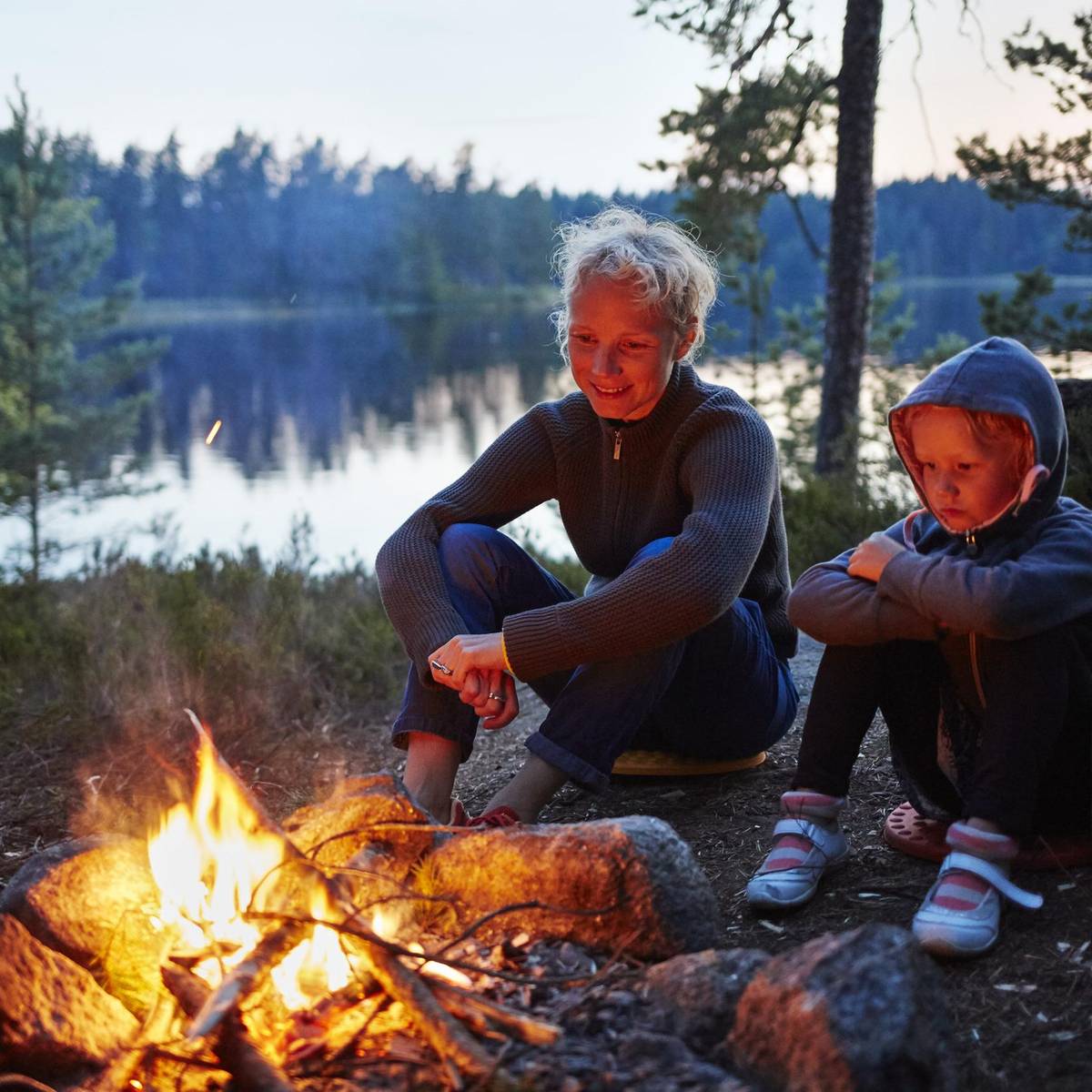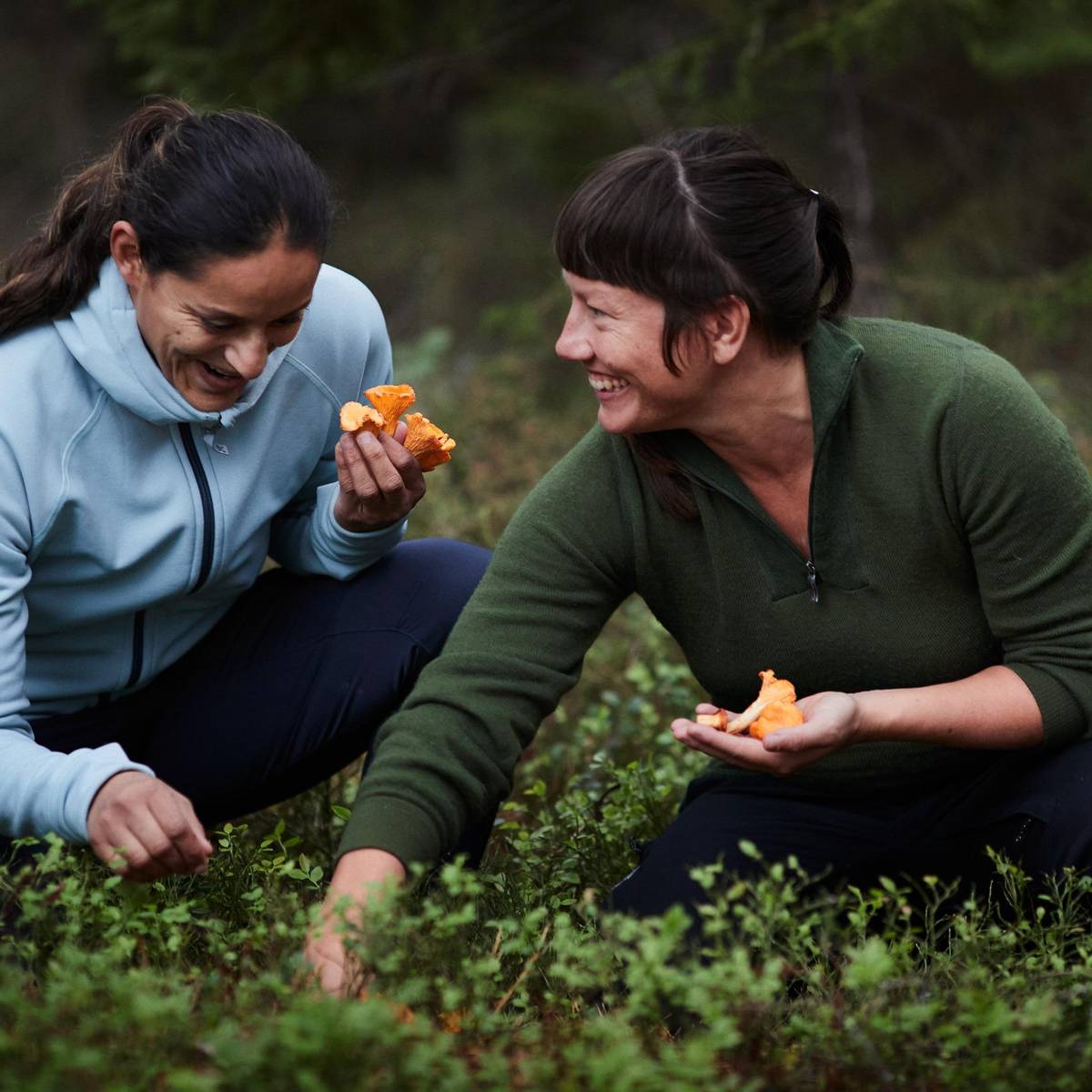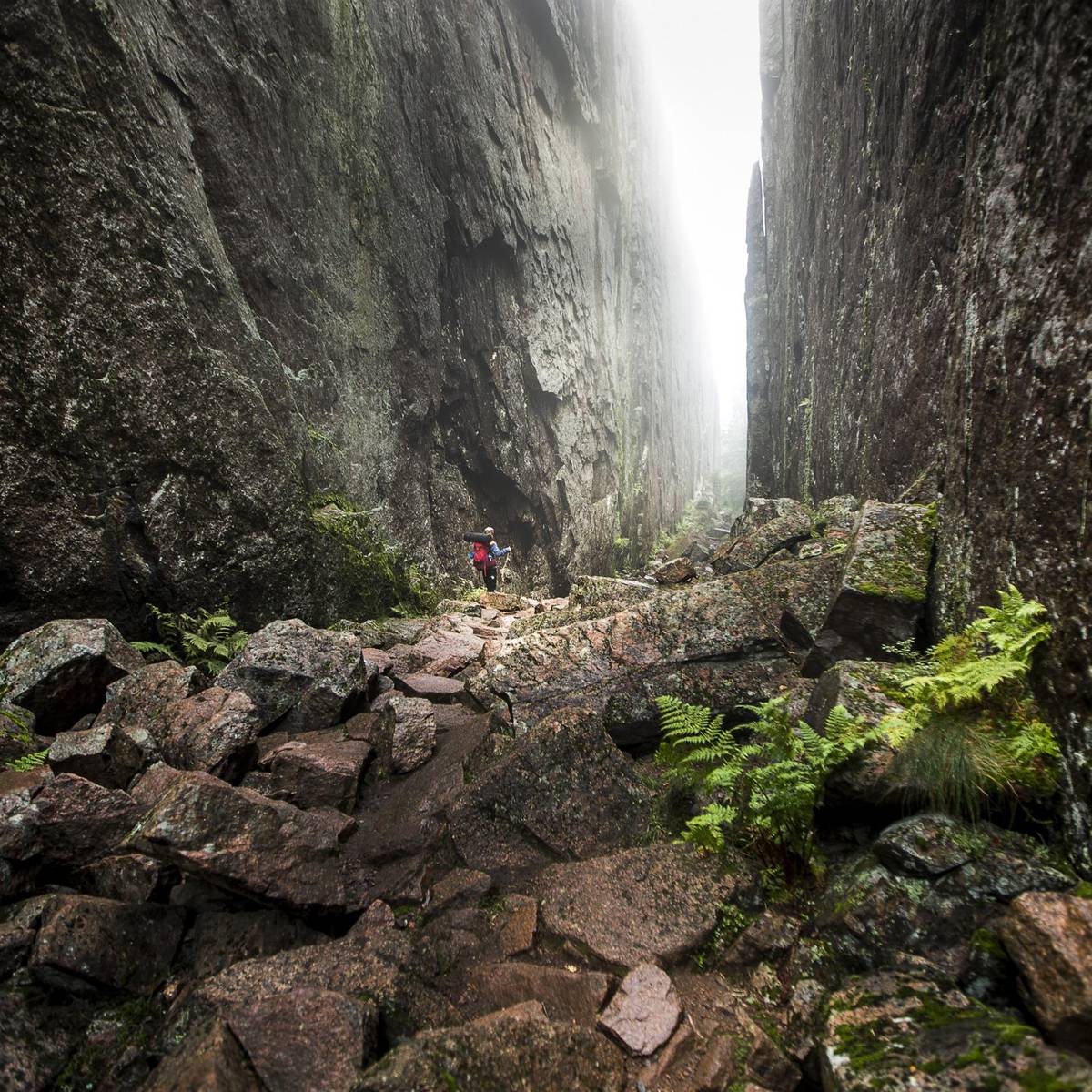1. Biking Dalarna
If you didn’t know it Dalarna is a province in central Sweden famous for its cute, floral-painted Dalecarlian model wooden horses and the Vasaloppet marathon ski race. But it is also getting known for its cycling thrills and hopefully not spills of the downhill, mountain, cross country, road and leisure variety.
Biking Dalarna is an eco friendly collaboration between several different destinations in Dalarna. The two-wheeled action centres, Idre, Säfsen and Sälen are all great ski resorts as well as cycling paradises. The largest town here is Falun, famous for the Falun Copper Mine, a UNESCO World Heritage Site and a gigantic 90-metre ski jump smack bang in the middle of the town. Some of Sweden’s very best pro cyclists are from this hilly town, so pace yourself on its roads, or tackle its lumpier bits by enjoying the downhill and cross country tracks and paths. Falun is also home to Sweden’s only velodrome, so if you’re interested in track cycling this is the place to come.
2. Tree Hotel
A flying saucer floats 5 metres off the ground. No, it isn’t a 1950s sci-fi B-movie, it’s one of the rooms at the Tree Hotel, located in Harads, near the towns of Boden and Luleå, in north-east Sweden. The names of the rooms here are very apt descriptions of what they look like, for example the UFO, Bird’s Nest and the Mirrorcube. They are all suspended (safely and securely) from living pine trees affording, dare we say it, a bird’s eye view of the forest valley and nearby Lule River. Some modern luxuries are sacrificed for the sake of the environment here, but perched above the trees in your Scandi-design ‘nest’ we don’t think you’ll notice.
Nearby, and depending on the season, you can go dog sledding, fishing, kayaking and spot for the majestic Northern Lights.
3. Nutti Sami Siida
If anyone knows how to live in concert with nature it is the indigenous Sámi people of Sápmi (Lapland). They haven’t been harming this Arctic Circle environment for millennia and neither will you if you stay with them at Nutti Sami Siida and join an expert local guide on an eco-adventure. The centre is set in the taiga forest 3 km from Jukkasjärvi village, near the ICEHOTEL (in winter - it’s gone by the summer). There are two stay options here; an eco-friendly cabin with bare amenities, or a Sámi lavvu tent with basic amenities. Choose the one with the ‘bed’ of twigs and reindeer skins and it isn’t the cabin. Unsurprisingly, the activities are outdoors in what is perhaps Europe’s last wilderness. A guided hike in the Abisko National Park takes you past glorious mountain peaks, canyons and waterfalls. Come for the Northern Lights, come for the midnight sun, come and meet the Sámi, their culture and their traditions.
4. Everts Sjöbod
Everts Sjöbod (Everts Boathouse) lies just 2 km northwest of Grebbestad, a typically pretty West Coast fishing village. Brothers Lars and Per Karlsson are expert fishermen and know everything there is to know about catching the legendary lobster and other shellfish of the deep, dark waters here. Let them take you out to the wonderful Bohuslän archipelago for a spot of lobster potting, or crayfish catching, or maybe go on an oyster ‘safari’. And yes, you get to eat your catch. Other activities include mackerel fishing, crayfish catching and oyster tastings. The lobster fishing season starts on the first Monday after 20th September and the best time to catch them is from then until December. Eco-certified sea-harvesting and eats don’t get better than this.
5. Växjö
Växjö is a lively and attractive small town in southern Sweden that was named the ‘Greenest city in Europe´ by the BBC in 2007 for its efforts to create a sustainable environment for its inhabitants. And ever since, the town has become a darling of the sustainable cities movement and won environmental awards left, right and centre. And quite right too. Back in the 1970s the town started cleaning up it’s then polluted lakes and hasn’t looked back. It aims to be fossil-fuel-free by 2030 (and it’s well the way to achieving it), it is increasing its share of renewable energy, it is building passive housing and buildings (heated by body heat and electrical appliances), more of its citizens are using green public transport and bikes to get around and buying ecological products. All good stuff. Växjö talks the talk and walks the walk when it comes to sustainability. Pay it a visit for some green inspiration.
6. Aurora Sky Station
Still up in the heavens, the skies above the Aurora Sky Station at the Abisko National Park in Swedish Lapland, northern Sweden, is one of the best spots in the world to see the Northern Lights. This fantastic natural light show appears around the beginning of September (town of Kiruna) to around the end of March all over Swedish Lapland.
There are no guarantees that you will see them though and clouds are the main Northern Lights-wreckers. So let’s hope for clement weather and clear skies.
A chairlift takes you up to the observation tower, as well as the station’s Northern Lights exhibition, café and souvenir shop. Be warned, it gets blisteringly cold so get togged up.
7. Timber rafting in Värmland
The Klaräven, Sweden’s mightiest river at 500 km long, is the setting for this river adventure in the province of Värmland. The people at Vildmark Adventures show you how to build the raft, supply you with logs and ropes and other basics and then it’s up to you to build your mode of transport and home for anything between 1 day and one week. You stay under a tent on the raft, or pitch your tent on the riverbank. Just think; lazy, hazy days floating down a gentle, meandering river, with not a care in the world.
8. Kolarbyn
Kolarbyn eco-lodge lies some 2 hours by bus, train or car northwest of Stockholm in Bergslagen, an area known for its dense taiga forests and lakes. The eco-lodge is a series of 12 forest huts that meld perfectly into the forest background and each has two hard beds with sheepskin covers and a fire (which you chop your own wood for, light and tend). Food is included on guided tours and package deals. Or why not forage the forest for mushrooms and berries? Other activities here include guided walks, a course in bushcraft, elk and beaver spotting and howling with the local wolf pack. And no, we’re not joking.
9. Gothenburg Culture Festival
The Gothenburg Culture Festival over six days in August each year sees the West Coast city party like it’s going out of fashion to live music, dance, design/fashion, film, street artists, handicraft, history, comedy, poetry and theatre. The city authorities, organizers, vendors and venues have joined forces to make this giant event as sustainable as possible. You can do your bit by walking or cycling to and from the festival areas, by sorting your waste and by using a refillable cup for drinks. Come and enjoy the party at one of Sweden’s biggest and most sustainable festivals in Gothenburg.
10. Augustenborg Ecocity
Augustenborg Ecocity is short walk or bike ride from Malmö city centre and it is home to the world’s biggest roof gardens. At the turn of the noughties residents on this housing estate were leaving the area in droves because it was becoming run-down. What to do? The authorities decided to layout 10,000 m2 of green roof vegetation to avoid flooding in the area, which was a problem, build a system of storm drains and channels, while residents created new gardens and habitat for the local wildlife around them. And a lot more. Visit Augustenborg while you’re in Malmö to see for yourself what happens when a forward-looking city and some of its citizens decide to make a change for the good.
11. Ájtte Museum and the Ájtte restaurant
The Ájtte Museum and the Restaurant Ájtte are located in Jokkmokk in Sápmi (Lapland) and is a Sami managed and run institution of great importance. Its various display, exhibits and presentations narrate the life, culture and traditions of this indigenous people across the millennia. The museum also presents the nature and culture of this mountain region and provides tourism information. Don’t forget to visit its restaurant for a taste of Sami cuisine.




